 Herpes
Herpes
Entry Type: Thing
 Herpes
Herpes
Herrings
aka: Clupeids
 Herrings
Herrings
Herschell-Spillman Carousel
aka: Over the Jumps Carousel
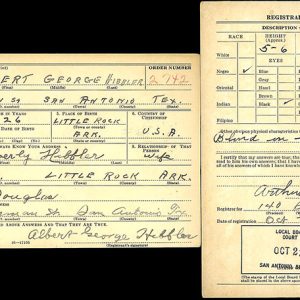 Hibbler Draft Card
Hibbler Draft Card
Hickman [Steamboat]
Hickman House
 Higden Bridge
Higden Bridge
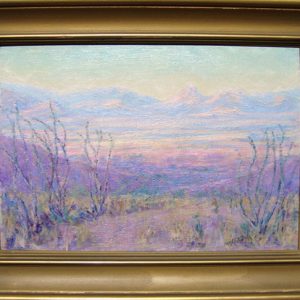 High Lonesome Road
High Lonesome Road
 High Point Marker
High Point Marker
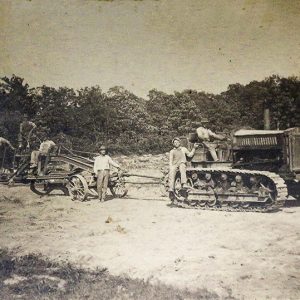 Highway 14 Construction
Highway 14 Construction
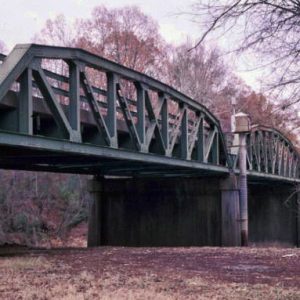 Highway 67 Bridge
Highway 67 Bridge
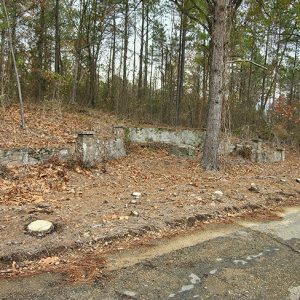 Highway 67 Rest Area
Highway 67 Rest Area
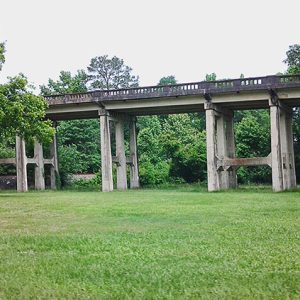 Highway 67 Viaduct
Highway 67 Viaduct
Highway 7/51 Bridge
aka: Arkadelphia Bridge
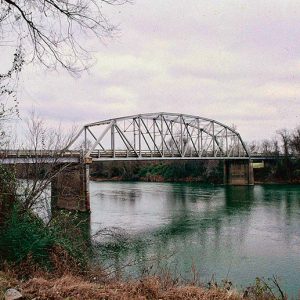 Highway 7/51 Bridge
Highway 7/51 Bridge
 Highway 70 Bridge
Highway 70 Bridge
Highway 79 Bridge
Hiking
Hill Wheatley Downtowner Motor Lodge
aka: Springs Hotel
Hillbillies
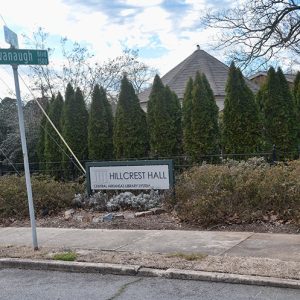 Hillcrest Hall
Hillcrest Hall
Hillcrest Hall
aka: Bible Church of Little Rock
 Hillcrest Hall Entrance
Hillcrest Hall Entrance
Hinderliter Grog Shop
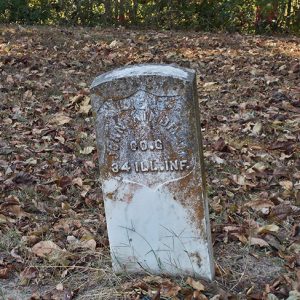 John Hindman Grave
John Hindman Grave
Hindman Hall Museum
Historic Dyess Colony: Boyhood Home of Johnny Cash
aka: Johnny Cash Boyhood Home
Historic Preservation
Historical Archaeology
History of Hot Springs Gambling Museum
Hodges House
Hodges v. United States
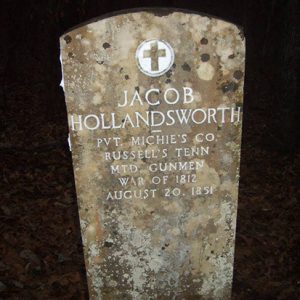 Hollandsworth Tombstone
Hollandsworth Tombstone
 Holt Landscape
Holt Landscape
 Holt Landscape
Holt Landscape
 Holt Landscape
Holt Landscape
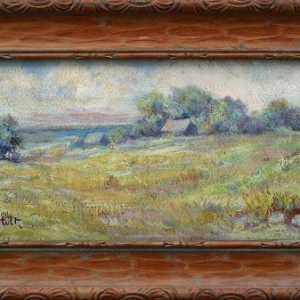 Holt Landscape
Holt Landscape
 Holt Seascape
Holt Seascape
 Holt Still Life
Holt Still Life
 George M. Holt Gravesite
George M. Holt Gravesite
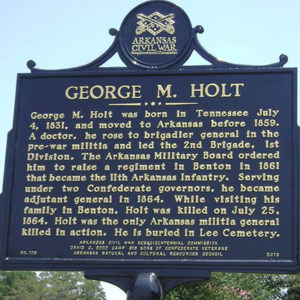 George M. Holt Marker
George M. Holt Marker
 Jack Wilson Holt Sr. Cartoon
Jack Wilson Holt Sr. Cartoon
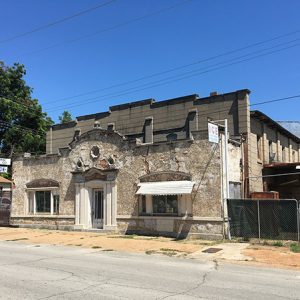 Home Ice Company
Home Ice Company
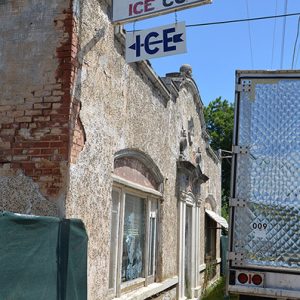 Home Ice Company
Home Ice Company
Home Ice Company
Home News (McCrory)
Homelessness
Homer
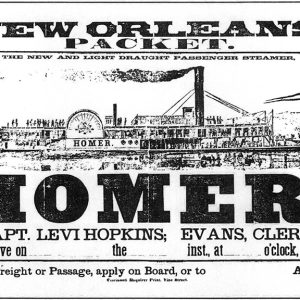 Homer Ad
Homer Ad




